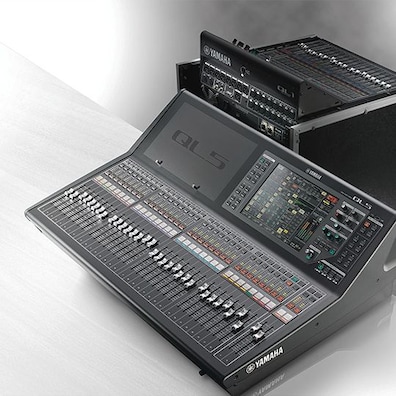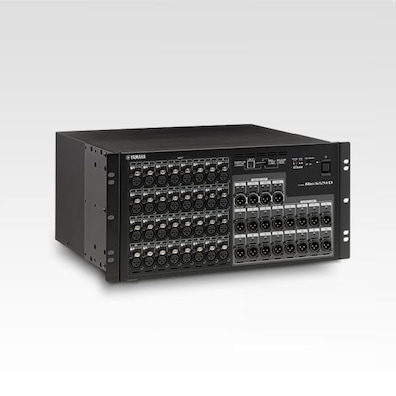Yamaha Spins A Web Of Sound At Italy’s Night of Tarantula

Now in its 17th year, Italy’s La Notte della Taranta (Night of Tarantula) is both the country’s biggest music festival and its most important event dedicated to traditional culture. Three weeks of live concerts culminated in a huge show in the town of Melpignano, where four Yamaha CL and QL consoles weaved ancient and modern music seamlessly together.

The festival takes place throughout the Salento peninsula (the ‘heel’ of Italy) and is dedicated to the celebration of the region’s folk music. 2014’s festival featured 17 live shows on consecutive nights, each in a different town or village, with Salento music played in both the traditional style and fused with other types of music, including world, rock, jazz and classical.
Sound designer Cristiano Grassini of the Rooster Group chose two Yamaha CL5s, a CL1 and a QL1 to accommodate the varied line-up for the final show in Melpignano’s town square, which took place in front of over 150,000 people and millions via television channel RAI 5 and RAI Radio 2’s simultaneous broadcasts.
In previous years Cristiano had designed the show’s audio system using Yamaha PM1D consoles. This year he matched the specification with CL5 and CL1 consoles for monitors, a CL5 at front of house and a QL5 as a splitter console. The whole system was on a Dante network, the event’s inputs accommodated by a Rio3224-D, two Rio1608-Ds and the QL5’s local i/o. A 96 track recording was also made direct from Dante, via two laptop computers, Dante Virtual Soundcard and Cockos Reaper.

“Accommodating 118 mix channels was a challenge, but one which the combination of CL and QL consoles allowed us to easily overcome,” says Cristiano. “Most of the performers had Aviom personal mixers and we ran a CL5 and CL1 alongside each other for monitors, each able to receive 64 channels via Dante. There were a total of 39 onstage mixes, plus direct out.”
“To overcome Dante’s 64 channel limit at FOH, we used the QL5 instead of another Rio3224-D - this allowed us to duplicate channels to create a premix, sending that via the QL5’s analogue outputs to the eight analogue omni inputs of the FOH CL5.
” On paper the CL/QL system looked like a straightforward solution for such a major show - but how would it prove in practise?

“I never had any doubt,” smiles Cristiano. “The ease and speed with which I was able to install the system was remarkable. It was working continuously in rehearsal studios from 9th - 18th August and outdoors at the show site, from 19th - 23rd August. It worked perfectly throughout, we didn’t have a single issue with it”.
He continues, “I also found that, thanks to the DCA Roll-out function and Custom Fader layers, mixing on the CL and QL consoles was incredibly fast. The whole experience has only further strengthened my positive beliefs about the reliability, ease of use and sound of Yamaha products.”



